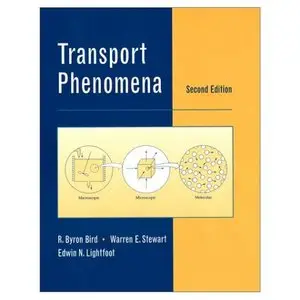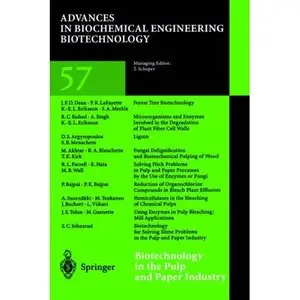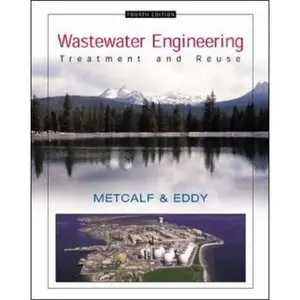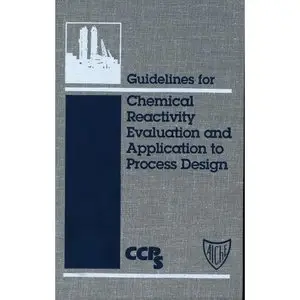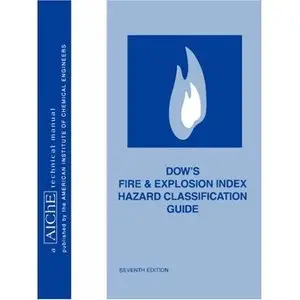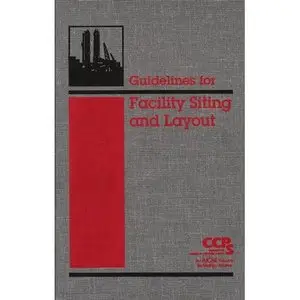Metcalf and Eddy, "Wastewater Engineering: Treatment and Reuse" McGraw-Hill Science/Engineering/Math | ISBN: 0070418780 | March 26, 2002 | PDF | 1848 pages | 67 MB
Wastewater Engineering: Treatment and Reuse, 4/e is a thorough update of McGraw-Hill's authoritative book on wastewater treatment. No environmental engineering professional or civil or and environmental engineering major should be without a copy of this book- tt describes the technological and regulatory changes that have occurred over the last ten years in this discipline, including: improved techniques for the characterization of wastewaters; improved fundamental understanding of many of the existing unit operations and processes used for wastewater treatment, especially those processes used for the biological removal of nutrients; greater implementation of several newer treatment technologies (e.g., UV disinfection, membrane filtration, and heat drying); greater concern for the long term health and environmental impacts of wastewater constituents; greater emphasis on advanced wastewater treatment and risk assessment for water reuse applications; changes in regulations and the development of new technologies for wastewater disinfection; and new regulations governing the treatment, reuse, and disposal of sludge (biosolids). Greater concern for infrastructure renewal including upgrading the design and performance of wastewater treatment plants.



